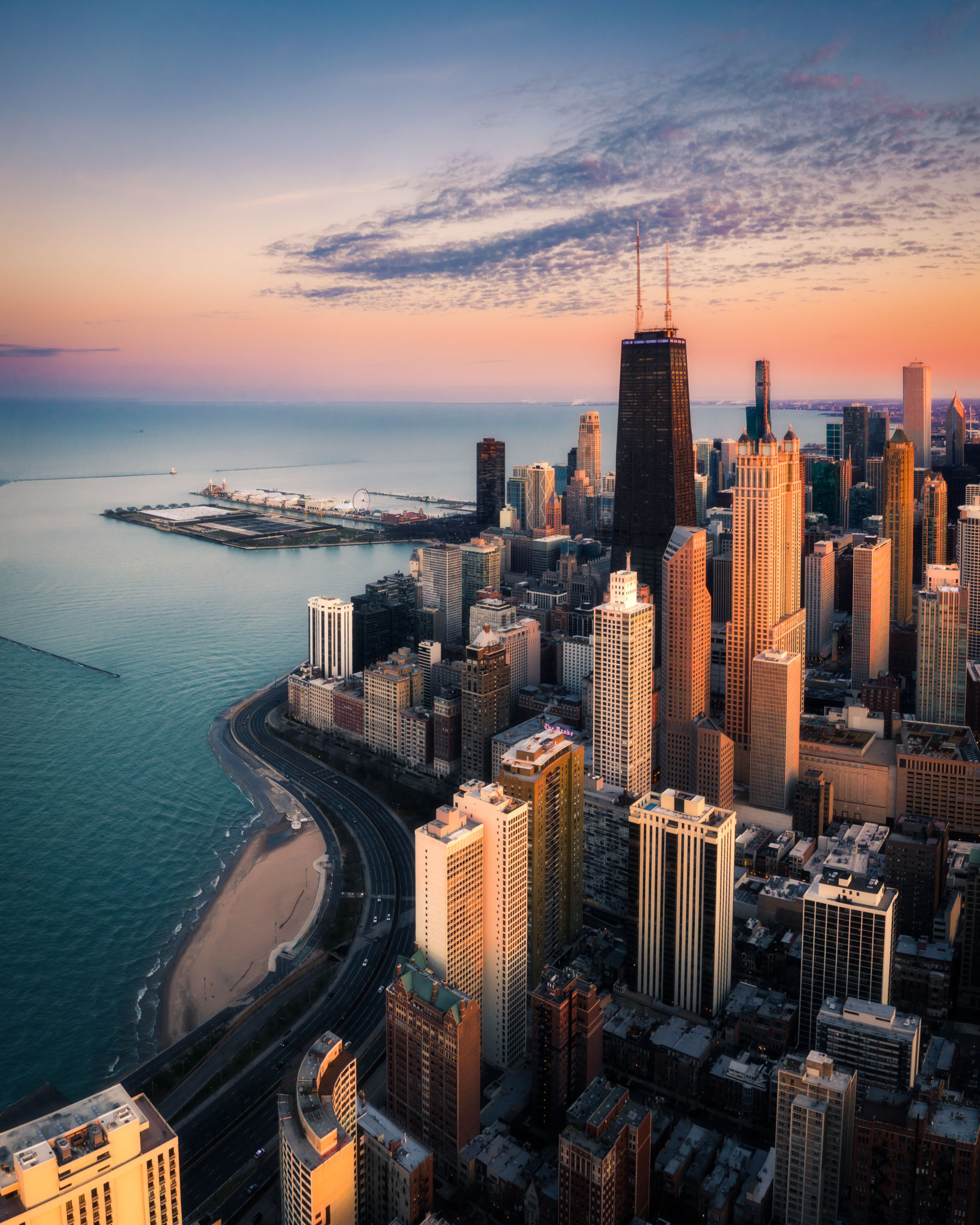Designing for Cook County: How Local Culture Influences Modern Aesthetics
Understanding Cook County's Unique Design Landscape
Cook County, with its rich tapestry of history and culture, offers a unique canvas for designers. From the bustling streets of Chicago to the serene suburban landscapes, the area's diverse influences create a distinctive aesthetic that reflects both its storied past and its forward-thinking present. Designing in Cook County requires an appreciation of local traditions, architectural styles, and community values.

The Fusion of History and Modernity
The architectural landscape of Cook County is a testament to its dynamic history. The area boasts an array of historical landmarks that coexist with modern skyscrapers, creating a blend that is as visually striking as it is culturally significant. Designers often draw inspiration from this fusion, incorporating historical elements into contemporary designs to create spaces that are both innovative and respectful of their roots.
One can see this blend in the use of traditional materials such as brick and stone alongside modern glass and steel. The juxtaposition not only honors the past but also opens a conversation about the future of design in urban spaces. This approach is not just about aesthetics; it’s about creating an environment that tells a story.
Cultural Diversity as a Design Influence
Cook County is a melting pot of cultures, with communities from all corners of the globe calling it home. This diversity is reflected in the area’s design aesthetics, where elements from different cultures come together to create unique and vibrant spaces. Whether it's through bold color palettes, patterns inspired by global textiles, or art installations that celebrate multiculturalism, designers have a wealth of cultural resources to draw from.

These multicultural influences are not mere adornments but integral parts of the design process. They add depth and character to spaces while fostering a sense of inclusivity and community. In Cook County, design is not just about function or form; it's about creating environments that resonate with the diverse people who inhabit them.
Adapting to Urban and Suburban Needs
Designing for Cook County also means navigating the differences between urban and suburban environments. The bustling city demands designs that maximize space efficiency and address urban challenges such as traffic congestion and limited green spaces. Conversely, suburban areas offer more room for creativity with expansive landscapes that encourage innovative uses of outdoor space.
Designers must be adept at tailoring their approaches to suit these varied settings. Urban designs might focus on vertical gardens or rooftop terraces to introduce greenery into dense areas, while suburban projects might emphasize open-plan layouts that integrate indoor and outdoor living.

Embracing Sustainability in Local Design
Sustainability is increasingly becoming a critical component of design in Cook County. With growing awareness about environmental impact, there is a push for designs that not only look good but also do good. This includes using sustainable materials, incorporating energy-efficient systems, and designing buildings that minimize environmental footprints.
Designers are also exploring ways to integrate green technology and sustainable practices into everyday spaces. Whether through solar panels, rainwater harvesting systems, or eco-friendly landscaping, the goal is to create designs that support the health of both people and the planet.
Conclusion: Celebrating Cook County's Unique Aesthetic
Designing for Cook County is a rewarding endeavor that allows for creativity within a framework of cultural respect and environmental responsibility. By understanding and embracing the unique elements that define the region—from its historical architecture to its cultural diversity—designers can create spaces that are not only visually appealing but also meaningful and sustainable.
As Cook County continues to evolve, so too will its design landscape, offering endless opportunities for innovation and expression. For designers, it's an exciting time to be part of shaping the future while honoring the past.
